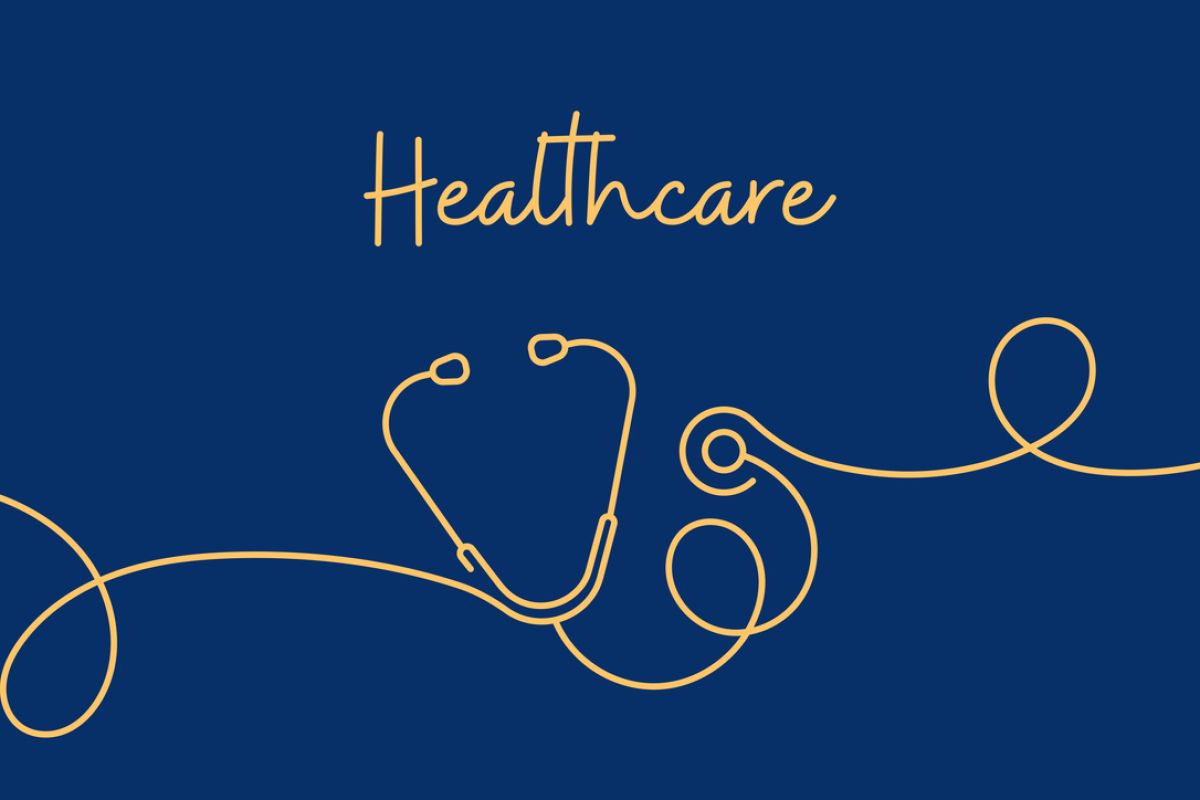Why Reactive OH Is No Longer Good Enough

Occupational Health is under pressure. Demand is growing. Services are stretched. And yet too many organisations still rely on outdated models that only respond when something goes wrong.
That needs to change.
If your OH team is mostly handling fit notes, phased returns and last-minute referrals, you’re not getting the value you should be. And worse, your people are being let down by a system that steps in too late.
The Cost of Catch-Up
When OH is reactive, problems escalate. Conditions are more advanced. Conversations are more difficult. Recovery takes longer. And the pressure lands on already strained teams.
You see it in the backlog of unresolved cases. The staff member who needed support months ago but only got it when things reached crisis point. The rising sickness absence. The mental health struggles that were flagged too late.
The impact isn’t just clinical. It’s operational. Services slow down. Colleagues pick up the slack. Retention suffers. It’s avoidable. But only if we change how and when OH steps in.
Prevention Is Not Fluff
Too often, proactive work is treated as a luxury. Something to do when there’s time. But prevention is what stops absence from happening in the first place.
That means:
- Spotting patterns early and acting on them
- Training managers to handle health conversations confidently
- Designing roles and workloads that protect wellbeing
- Building trust so people speak up before they reach breaking point
- Using data to inform strategy, not just report the past
This is what effective OH looks like. Not just compliance, but contribution.
Strategic Teams Need Strategic Hires
If you want to shift from reactive to proactive, it starts with people. You need clinicians who can work with ambiguity. Leaders who can partner with operations. Advisors who can influence, not just assess.
You also need to create the space for that work to happen. If your entire OH function is stuck managing referrals and red tape, it will never be able to shift the dial.
Start by asking:
- Are we engaging early, or only when something has gone wrong?
- Does our OH team have the skills and capacity to shape the bigger picture?
- Are we building a service that prevents risk or just records it?
Change Takes Intentional Action
This isn’t about working harder. It’s about working differently. The best OH teams are shifting their model to be embedded, strategic and preventative.
And the organisations getting it right are already seeing the benefits. Fewer absences. Better engagement. And teams that are able to get ahead of risk rather than just react to it.
If you want your service to do more than tick a box, now’s the time to act.
About Recruiting Heads
Recruiting Heads delivers strategic recruitment for Occupational Health, Wellbeing, H&S and Clinical Governance. We help organisations find the people who change how health at work is done. Built for those who want results, not just CVs.
Where to Next?
More Articles
Right people, right roles, always
Whether you’re hiring or job hunting, we make your search straightforward, effective and discreet.



